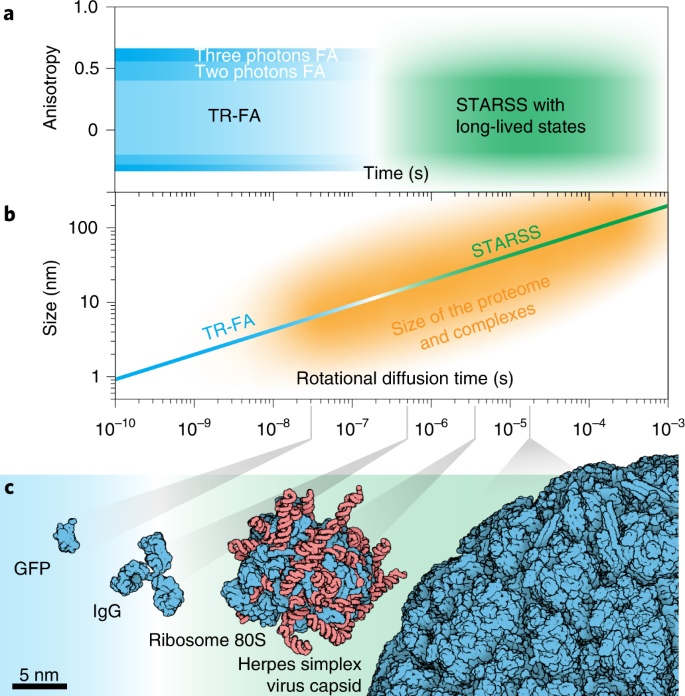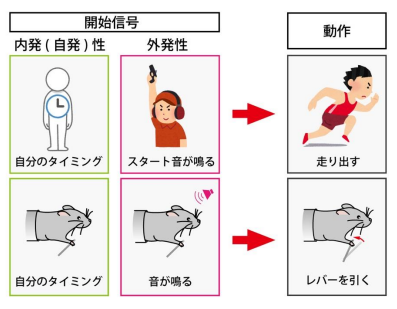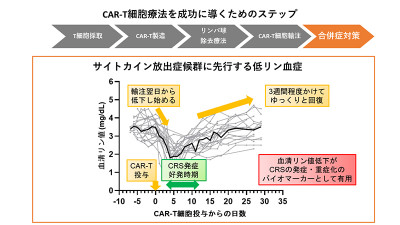2022-10-19 スウェーデン王国・王立工科大学(KTH)
研究者らは、HIVウイルス粒子に、分子の向きを強調するようにオン・オフを切り替える特殊なフルオロフォンを添加した。この蛍光体(可逆的光スイッチング蛍光タンパク質)は、オンとオフの状態を長くすることで、成長中の分子のゆっくりとした回転を識別することができる。
この方法は、HIVの成熟状態を識別し、HIVのようなウイルスがどのように進化していくのかを知るために利用できることがわかった。
<関連情報>
- https://www.kth.se/en/om/nyheter/centrala-nyheter/method-makes-it-possible-to-single-out-and-attack-hiv-virus-most-dangerous-parts-1.1200172
- https://www.nature.com/articles/s41587-022-01489-7
可逆的スイッチングタンパク質を用いた巨大複合体への蛍光異方性の拡張 Extending fluorescence anisotropy to large complexes using reversibly switchable proteins
Andrea Volpato,Dirk Ollech,Jonatan Alvelid,Martina Damenti,Barbara Müller,Andrew G York,Maria Ingaramo & Ilaria Testa
Nature Biotechnology Published:10 October 2022
DOI:https://doi.org/10.1038/s41587-022-01489-7

Abstract
The formation of macromolecular complexes can be measured by detection of changes in rotational mobility using time-resolved fluorescence anisotropy. However, this method is limited to relatively small molecules (~0.1–30 kDa), excluding the majority of the human proteome and its complexes. We describe selective time-resolved anisotropy with reversibly switchable states (STARSS), which overcomes this limitation and extends the observable mass range by more than three orders of magnitude. STARSS is based on long-lived reversible molecular transitions of switchable fluorescent proteins to resolve the relatively slow rotational diffusivity of large complexes. We used STARSS to probe the rotational mobility of several molecular complexes in cells, including chromatin, the retroviral Gag lattice and activity-regulated cytoskeleton-associated protein oligomers. Because STARSS can probe arbitrarily large structures, it is generally applicable to the entire human proteome.


